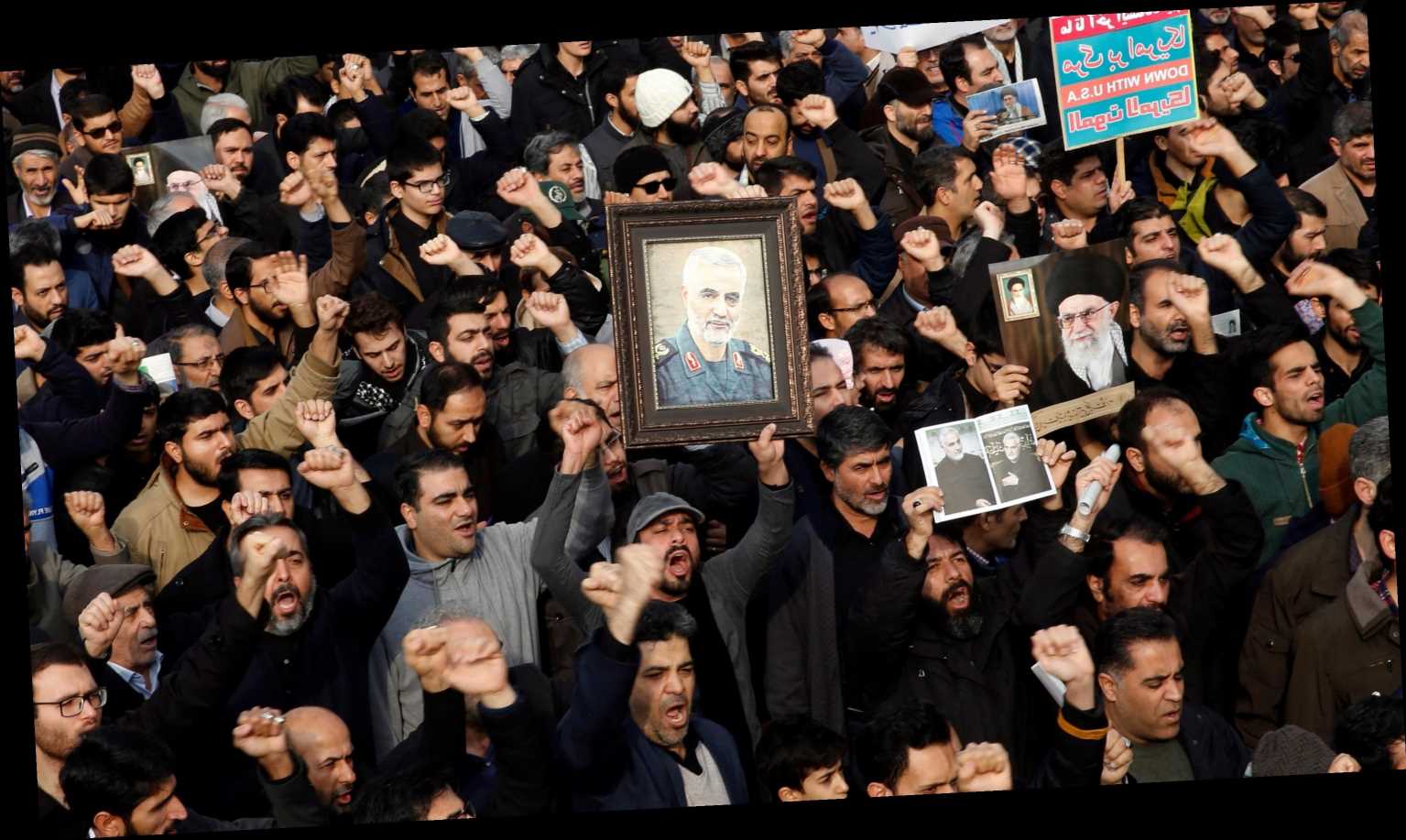WASHINGTON – The killing of top Iranian military leader Gen. Qasem Soleimani followed several days of escalating tensions between the United States and Iran that started with the killing of an American contractor.
But it’s also the latest in a broader beef between the two nations, including President Donald Trump’s withdrawal from the Iran nuclear pact in 2018 and subsequent sanctions he imposed on Iran in order to make them come to a new deal.
The killing of a powerful public official by the U.S. military renewed a war of words on Friday with Iran vowing a “harsh retaliation” and Trump sending a taunting tweet. Now, Washington and the world braces for what’s next.
Here’s how the two countries arrived at this point in tensions:
American contractor killed
On Dec. 27, an American contractor was killed and several U.S. military service members were wounded in a 30-plus rocket attack on a military base near Kirkuk, in northern Iraq. The Pentagon withheld the names of the Americans.
The attack was attributed to Kataeb Hezbollah, or Hezbollah Brigades, which the Pentagon said was related to Iran’s Quds force, an elite unit of Iran’s Islamic Revolutionary Guard Corps, and received “lethal aid and other support from Iran.”
Pompeo: Pompeo says attack that killed Iran military leader Qasem Soleimani was in response to ‘imminent attack’
Retaliatory airstrikes
In response to the Dec. 27 rocket attack and other attacks on U.S. and coalition forces, U.S. forces carried out airstrikes on five Kataeb Hezbollah facilities in Iraq and Syria on Sunday.
“These locations included weapon storage facilities and command and control locations that KH uses to plan and execute attacks on OIR coalition forces,” said Defense Department spokesman Jonathan Hoffman in a statement.
Iraqi Prime Minister Adel Abdul-Mahdi condemned the strikes later that day, calling them a violation of Iraqi sovereignty and a “dangerous escalation that threatens the security of Iraq and the region.”
U.S. Embassy besieged
Iraqis took to the streets to voice their anger after the airstrikes and laid siege to the U.S. Embassy in Baghdad.
In a tweet, Trump blamed Iran for the storming of part of the compound by an Iran-backed militia. The militia set fire to the reception area of the embassy and prompted the Pentagon to send additional forces to reinforce the area.
“Iran will be held fully responsible for lives lost, or damage incurred, at any of our facilities,” Trump said. “They will pay a very BIG PRICE!”
He added that his tweet was a “Threat.”
Nuclear deal
Tensions between the United States and Iran have remained constant since the United States pulled out of a 2015 agreement that had limited Iran’s nuclear program in exchange for the lifting of American sanctions.
The United States pulled out of the agreement in May 2018 and reimposed sanctions on Iran – a Trump campaign promise.
Since then, Iran has taken steps to restart its nuclear program by breaking the limitations set by the deal and restarting nuclear activity at an underground facility previously closed by the deal.
Iran insists its nuclear program is for peaceful, civilian uses rather than a nuclear bomb.
Contributing: Deirdre Shesgreen, Tom Vanden Brook, Kim Hjelmgaard, William Cummings
Source: Read Full Article
